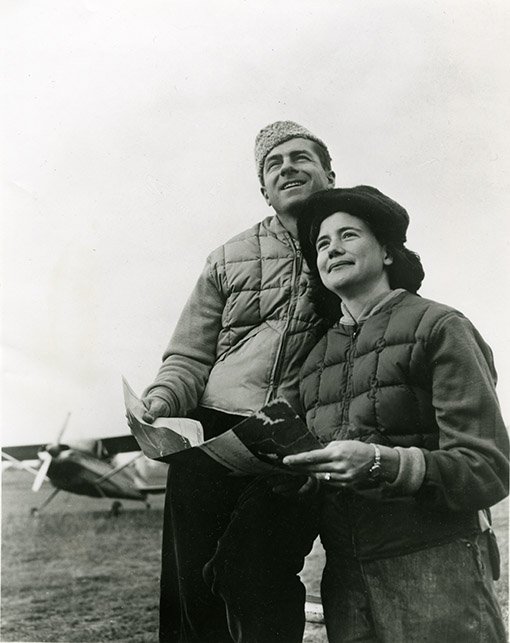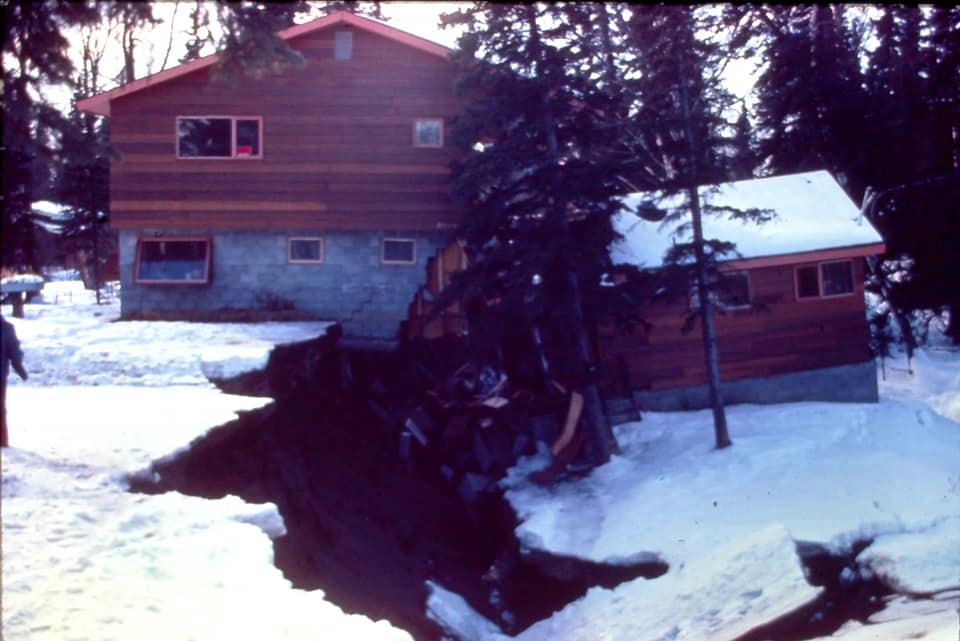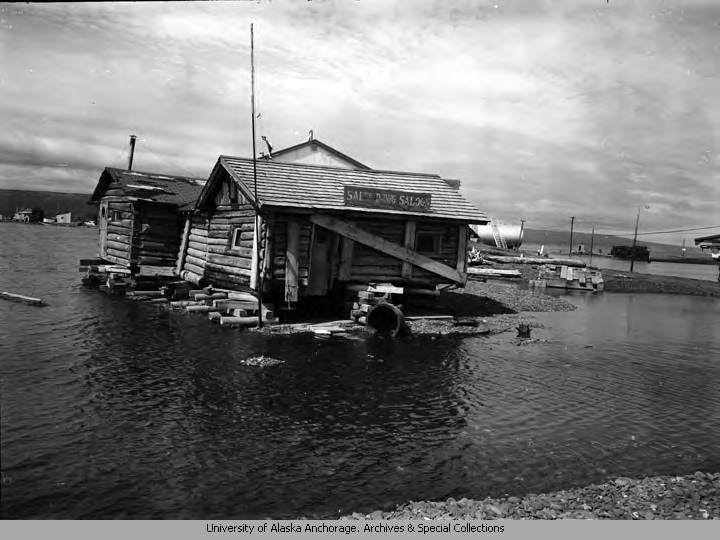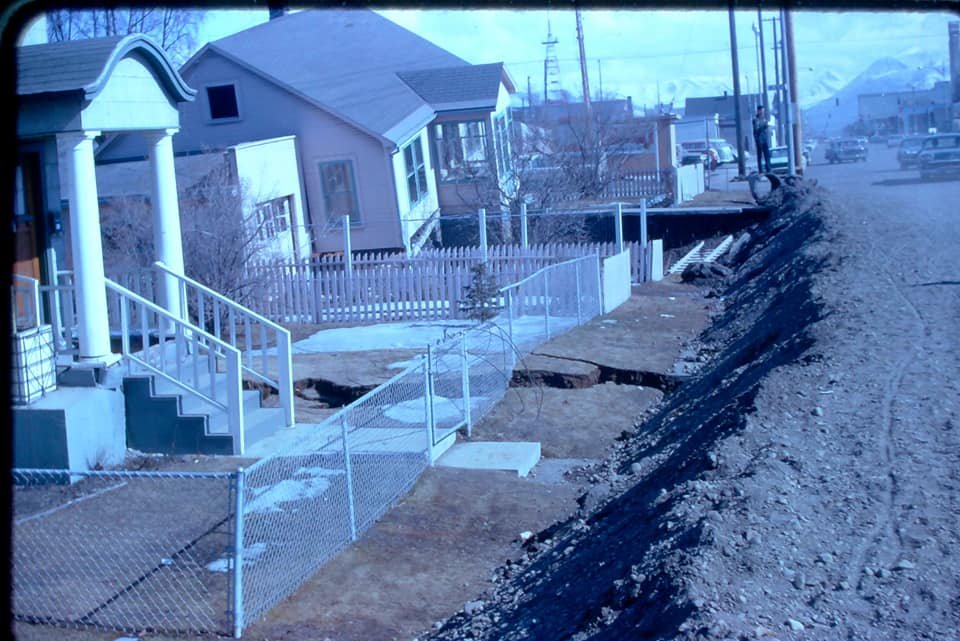We pick up the thread in 1965. Ralph’s solo architectural practice is getting into high gear! By this time he has moved out of his bedroom at home and into leased office space downtown. Ralph and three collaborators make a trip to Valdez to try to convince the local leaders there to modify their plans to rebuild the town. He is busy with several house projects for clients who were displaced by losing their houses in the earthquake damage in the Turnagain neighborhood.
Lowell Thomas, Jr. and his wife Tay [shown here in 1958 with their airplane] were one of Ralph’s clients whose house was destroyed in Turnagain in the 1964 earthquake.







































![A two or three long section of the north side of the city’s main street, 4th Avenue sunk between 10 and 20 feet, buckling buildings, streets and sidewalks. The south side of the street [on top of the hill] was mostly OK and some of the buildings ar…](https://images.squarespace-cdn.com/content/v1/5771e6b1f5e2314b4833ec6d/1607331164435-HAK81OWQOUCWZAYB0Y0A/cdmg13_14312_full.jpg)


